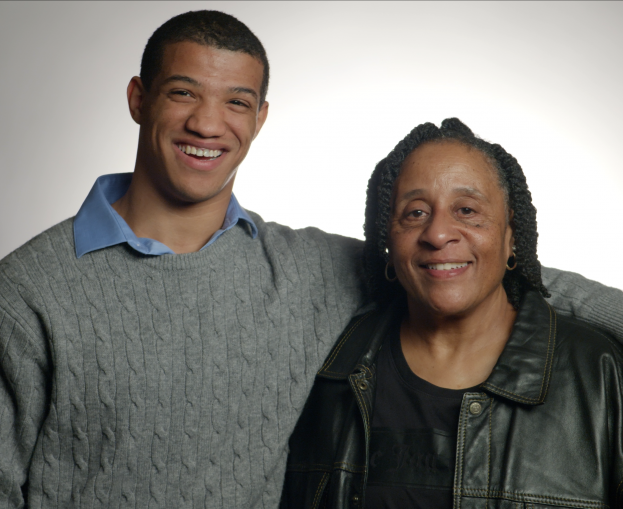A Challenge – Aging with Disabilities
Most of the world thinks of autism and other intellectual and developmental disabilities as primarily childhood challenges. That’s understandable. In the past, people with disabilities often did not live long lives—many times not even into middle age due to complications associated with their disabilities. But those of us who work with these special people are seeing a new trend: large numbers progressing into middle age or even senior citizenship.
The data supports this observation: It is expected that, by 2025, approximately 25 percent of individuals receiving developmental disability services will be over age 60.
Of course, this is great news, but it also is a harbinger of new challenges—challenges that, if ignored, will evolve into crises.
It’s hard to generalize about the challenges faced by this population, because they are unique to each individual. However, they appear to be emerging as most acute in three areas: specialized health care, the aging of those who care for these individuals, and the low-income-housing crisis.
As individuals with developmental disabilities age, they encounter the same aging problems as the general population—physical limitations, degenerative conditions, etc.—but they also face challenges unique to them. For example, Kaiser Permanente recently released data showing elevated rates of hypertension, diabetes and obesity among people with autism. Other research reveals further challenges, ranging from Alzheimer’s and dementia to gastrointestinal concerns to social isolation and lack of access to health care and other community resources. Available information suggests that such aging risks occur three times more frequently among disabled citizens than with their non-disabled peers.
Complicating the health care concerns is the fact that nearly 1 million people with developmental disabilities and autism are cared for by a caregiver age 60 or older. As this generation of caregivers continues to age, individuals with developmental disabilities who rely on them for daily safety and assistance will be at risk for homelessness or institutionalization. This predicament is also reflected in the top concern of individuals with adult children who have challenges related to developmental disabilities: They fear they will not outlive their children, as they were expected to 20 years ago.
Finally, the gap of affordable, safe and adequate housing for people with disabilities has severely worsened in recent years. Affordability is a key factor. According to studies, approximately 5 million non-institutionalized, Social Security-reliant citizens with disabilities have average incomes of less than $9,000 per year—well below the amount needed to rent adequate housing. In addition, there is often discrimination. According to HUD statistics, the majority of discrimination complaints received by the agency have come from individuals with disabilities or their caretakers.
Any one of these challenges alone could be cause for concern. The fact that we face all three at once is particularly troubling, and it represents a building storm that could be devastating to communities if we do not begin to address these issues now.
So how do we address them?
On the health care front, service providers should consider partnerships with hospitals or medical groups to increase the availability of integrated health care services for individuals with disabilities. We can address the aging of caregivers with assistance and safety nets, recognizing always that the goal is for people with disabilities to remain connected to their communities, to have opportunities to interact socially with peers, and to live as independently as possible. Finally—and this might need to be the top priority—we can seek to provide adequate and affordable housing by tapping into funding opportunities. Federal funding exists—Section 811 of the Affordable Housing Act is dedicated to helping very-low-income people with significant disabilities—but the availability of these funds is so limited that they will not be sufficient. Organizations and communities will need to explore additional options to ensure that safe and stable housing is available to those they serve.
In all these approaches, the goal is simple: Promote the right of people with disabilities to live independent and fulfilling lives in which they can contribute to their communities. On this point, the community also plays a role. We all must rise to the challenge, embracing and assisting people with intellectual and developmental disabilities as they age and serving as champions of their needs. Gratefully, I am confident this community is up to that challenge.
To access the IBJ article click here.





